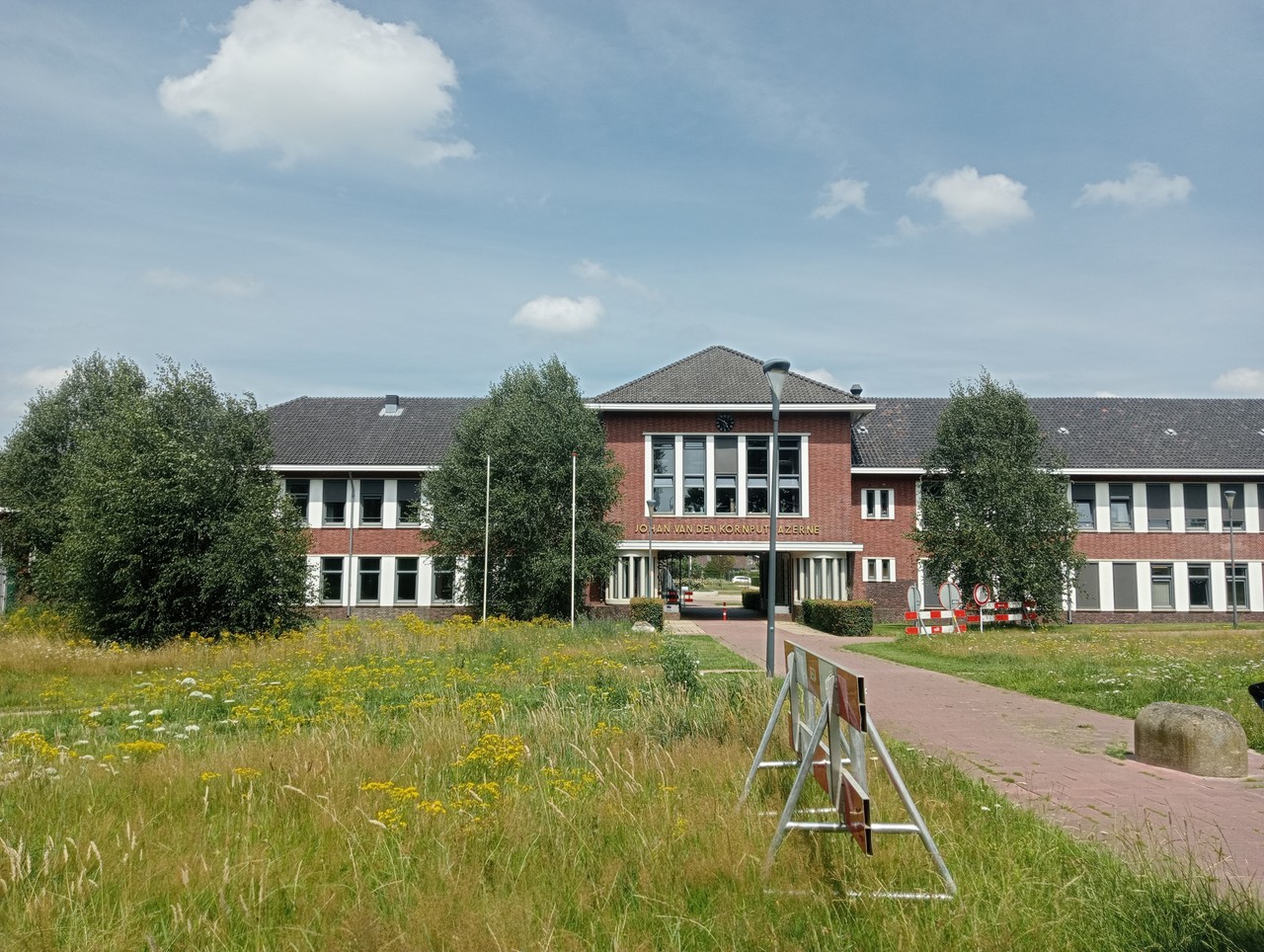In September 1944, an Einsatzkommando (mobile killing soldiers) led by SS officer Kurt Stiller took up residence in the Johan van den Kornput Barracks. This unit had already left a trail of death and destruction in Eastern Europe and northern France. Their mission was to eradicate sabotage and espionage in the northern Netherlands, in response to a growing local resistance movement. As the war entered its final phase, more and more people from the surrounding villages joined the resistance. This triggered a grim and violent period, during which local notables were harshly targeted by the German Einsatzkommando and their Dutch collaborators, in a last-ditch attempt to maintain control.
SS-Hauptsturmführer Kurt Stiller
On the evening of Thursday 14 September 1944, about 15 individuals gathered at the Nationaal-Socialistische Beweging in Nederland headquarters (Dutch National Socialist organisation, NSB) on Meppelerweg in Steenwijk. The meeting had been called by SS-Hauptsturmführer Kurt Stiller, who had arrived in Steenwijk just days earlier. His goal, together with his Einsatzkommando made up of Germans, Hungarians, Romanians, and Belgians, was to gather intelligence on people in hiding and members of the local resistance. Among those attending the meeting were the NSB mayor of Steenwijk, J.P. de Lang, as well as local NSB leaders. The Einsatzkommando originally came from northern France, where they had been responsible for the murder and torture of many resistance fighters. Several of these men had known each other since 1941, when they were active in Russia, executing Jews.
Executions
The group’s brutal conduct resulted in the execution of nine individuals within weeks of their arrival in Steenwijk. Among them were the six men who were shot on 13 October 1944 in Kallenkote, selected at random as prisoners and executed without trial as a form of reprisal. In the following months, more executions were carried out in the region by this Einsatzkommando. One of the murdered individuals was Renze de Ruiter from Achterbuurt (now Witte Paarden).
